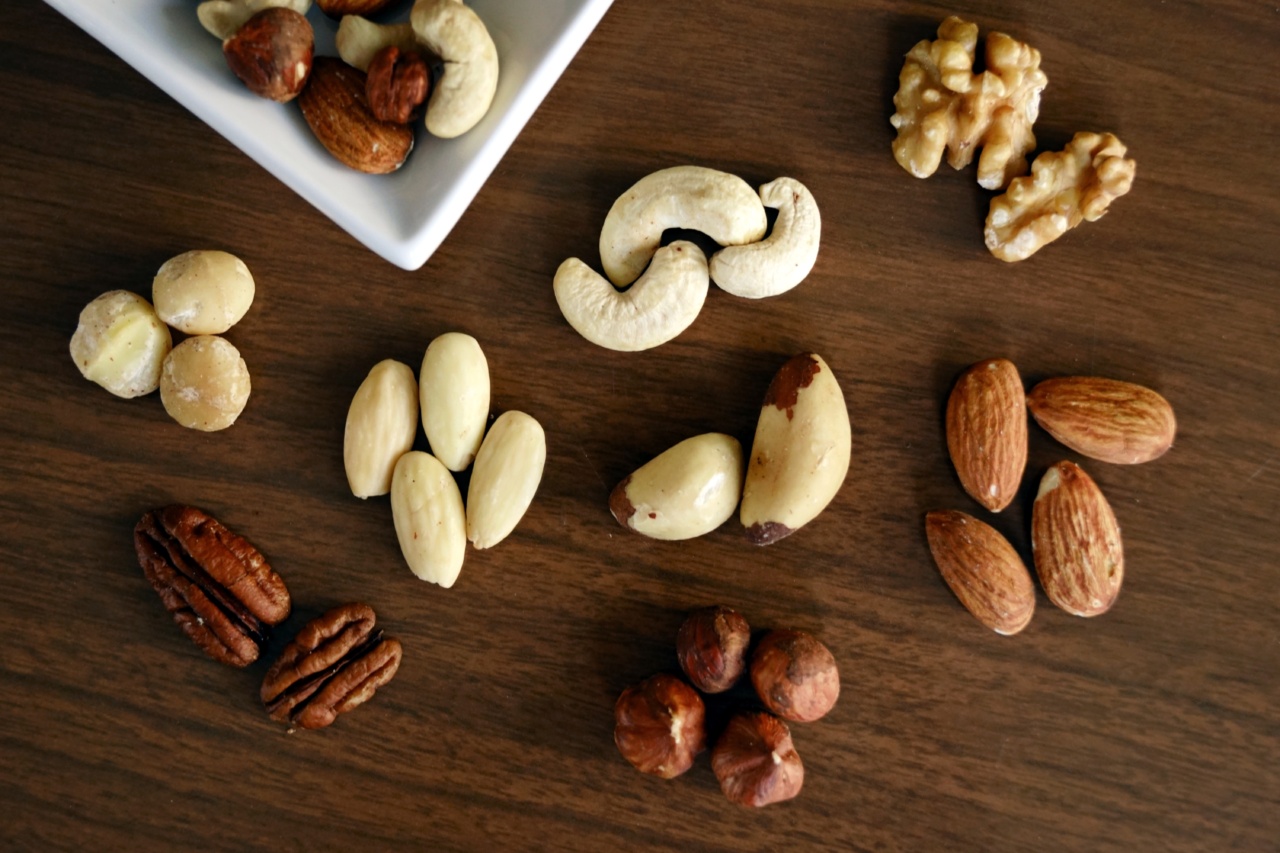In recent years, the pet food industry has witnessed a significant shift towards dry pet food. This highly convenient and cost-effective option has grown in popularity among pet owners.
However, there are many misleading descriptions and claims surrounding dry pet food that can confuse consumers. In this article, we will unveil these misleading descriptions, shed light on the truth behind dry pet food, and help pet owners make informed decisions about their furry friends’ nutrition.
Understanding the Basics of Dry Pet Food
Dry pet food, also known as kibble, is a popular feeding option for dogs and cats. It is typically made by combining various ingredients, including meat, grains, vegetables, and additives.
The mixture is then cooked at high temperatures, ensuring preservation and a longer shelf life. Dry pet food is available in a wide range of flavors and formulas, catering to different dietary needs and preferences.
1. All-Natural Claims
One common misleading description surrounding dry pet food is the use of the term “all-natural.” Many pet food brands boast about their products being made from all-natural ingredients, giving the impression that they are free from artificial additives or preservatives. However, the term “all-natural” does not have a standardized definition in the pet food industry.
While some brands may genuinely use natural ingredients, others may include synthetic additives while still claiming to be all-natural.
It is crucial for pet owners to read the ingredient list carefully and consult with their veterinarian to ensure they are feeding their pets a truly all-natural diet.
2. Grain-Free Misconceptions
Another misleading description revolves around grain-free dry pet food.
The grain-free trend gained popularity due to the belief that grains, such as wheat, corn, and soy, are the cause of various health issues in pets, including allergies and digestive problems. However, recent studies have shown that the majority of pets are not actually allergic to grains.
It is important to note that grain-free diets often substitute grains with alternative carbohydrate sources, such as potatoes or legumes, which may carry their own risks.
Moreover, the FDA has reported a potential link between grain-free diets and a heart condition called dilated cardiomyopathy (DCM) in dogs. Pet owners should carefully weigh the risks and benefits of grain-free diets and consult with their veterinarian before making a decision.
3. Essential Nutrients and Fortification
Dry pet food manufacturers often claim that their products provide all the essential nutrients your pets need to thrive.
While it is true that many commercial pet foods are fortified with essential vitamins and minerals, it is essential to understand that not all pet foods are created equal.
The source and bioavailability of these nutrients can vary significantly between different pet food brands.
Cheaper, lower-quality brands may use lower-quality ingredients or synthetic forms of nutrients, which may not be as easily absorbed by pets’ bodies. It is worth investing in high-quality dry pet food to ensure your pets receive optimal nutrition.
4. Dental Health Promotion
Some dry pet food manufacturers claim that their kibble helps promote dental health in pets.
While it is true that the mechanical action of chewing dry kibble may help remove plaque and tartar from pets’ teeth, it is important to note that not all kibble is equally effective in improving dental health.
The size, shape, and texture of the kibble can determine how well it cleans the teeth. Additionally, factors like genetics, individual chewing habits, and overall oral hygiene also play significant roles in dental health.
Regular dental check-ups and brushing your pets’ teeth are crucial for maintaining good oral health, regardless of the type of pet food you choose.
5. Natural Animal Protein Sources
Many dry pet food brands highlight the use of natural animal protein sources, such as chicken, beef, or fish, in their products. While this may sound appealing, it is important to consider the quality and sourcing of these animal proteins.
Lower-quality pet food brands may use animal by-products or meal, which can include parts like beaks, feathers, and hooves.
Opting for high-quality pet food ensures that the animal proteins used are from premium cuts of meat, providing more balanced nutrition for your pets.
6. Caloric Density and Portion Control
Dry pet food is often marketed as a calorie-dense option, meaning that smaller quantities of kibble can provide the required energy for pets.
While it is true that dry pet food can be more calorie-dense compared to wet food, it is essential to carefully monitor portion sizes.
Overfeeding can lead to weight gain and obesity in pets, which can have serious health consequences.
Following the feeding guidelines provided by the pet food manufacturer and consulting with a veterinarian regarding proper portion sizes are essential for maintaining a healthy weight and overall well-being.
7. Price and Affordability
Dry pet food is often touted as a more affordable option compared to wet pet food or fresh diets. While the initial cost of dry pet food may be lower, it is important to consider the long-term implications.
Poor nutrition can result in various health issues, leading to increased veterinary expenses in the future.
Investing in high-quality dry pet food may require a slightly higher upfront cost but can potentially save pet owners money in the long run by promoting better health and reducing the risk of costly medical conditions.
8. Digestibility and Food Sensitivities
Many dry pet food brands claim to be highly digestible, implying that pets can efficiently absorb and utilize the nutrients in their products. However, pets, just like humans, can develop food sensitivities or allergies to certain ingredients.
Understanding your pet’s individual dietary needs and potential sensitivities is crucial. Some pets may require specialized diets, such as limited-ingredient or hypoallergenic formulas, to avoid adverse reactions.
Consulting with a veterinarian can help identify any food sensitivities and guide you towards the most suitable dry pet food for your pet.
9. Varieties for Specific Life Stages
Dry pet food often comes in different formulas tailored to specific life stages, such as puppy/kitten, adult, or senior.
Pet food manufacturers emphasize the importance of feeding the appropriate formula based on the age of your pet to meet their specific nutritional requirements.
While these life stage formulas can be beneficial, it is crucial to consider individual variations in pets’ needs. Some pets may have unique dietary requirements or health conditions that necessitate different formulations.
Consulting with a veterinarian can help determine the most suitable dry pet food formula for your pet’s specific needs.
10. Ethical and Environmental Considerations
With increased consumer awareness, there is a growing demand for ethically and environmentally sourced pet food.
Some dry pet food brands have started incorporating sustainable and ethically sourced ingredients in their products to cater to this demand.
However, it is important for pet owners to scrutinize the claims and certifications associated with these brands.
Look for third-party certifications, such as USDA Organic or MSC (Marine Stewardship Council), to ensure that the ethical and environmental claims are legitimate.
Conclusion
While dry pet food may offer convenience and numerous benefits, it is crucial to be aware of the misleading descriptions and claims that surround it.
By understanding these descriptions and seeking accurate information, pet owners can make informed decisions about their pets’ nutritional needs. Remember to consult with a veterinarian to determine the most suitable dry pet food for your furry friends, taking into account their individual requirements and dietary sensitivities.





























